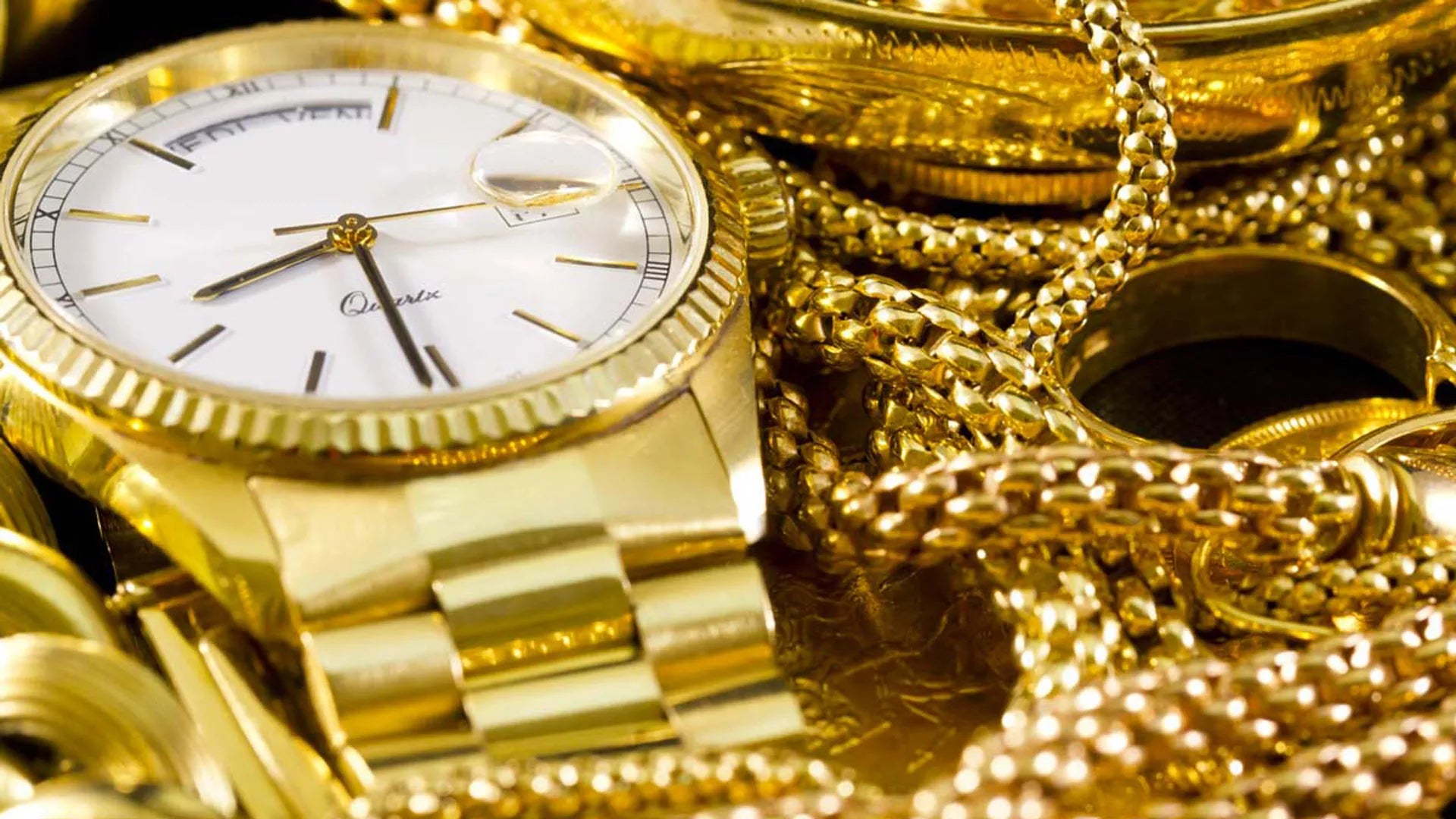As regards the goldsmith reality of the time, the Roman jeweler Mario Masenza left a vivid testimony in the pages of the magazine «Italia» in 1950:
"during the last war, Italian jewelers were forced to suspend all activities; sales stopped, production stopped and our work was reduced to that of simple kidnappers of the very companies that belonged to us. But if idleness is the he is also the father of vices and of reflection, and sometimes only through a suspension of one's work can one reach a fullness of analysis, I would even say a severity of self-criticism which is not possible in periods of activity. [...] We no longer even noticed that we had become stockbrokers and that only those who wanted to invest their savings in gold turned to us. Where had the traditions of the ancient Italian goldsmith's art gone? [...] We had to go back to the past, we had to attempt a rapprochement between the artists and the jewel. At first it wasn't easy."
The Italian goldsmith world, which until then had wearily carried forward a tradition that had long been outdated, or had looked to the Viennese or French goldsmith productions of the early twentieth century , adopting their stylistic features as a purely aesthetic fact, was in need of a substantial renewal. This, however, does not mean that until the 1950s there were no Italian jewelers who created small goldsmith masterpieces. Just think of Mario Buccellati (Ancona, 1891 – Milan, 1965), the Milanese Alfredo Ravasco (Genoa, 1873 – Ghiffa, 1958) and Fulco di Verdura (Palermo, 1899 – London, 1978) who worked mainly abroad; but all great masters of traditional goldsmithing.
Italian research jewelry, however, as Pandora Tabatabai Asbaghi states , «reached its maturity» with informal art. The artists, working with gold, a shapeless, fluid and ductile material, shaped and transformed into uncontrollable manifestations of thought, found the same stimuli they perceived when creating an informal work of art.
While Franco Solmi, quoting Lara Vinca Masini, speaks of contemporary jewelery when it participates in a cultural world in which it no longer expresses adherence to forms , languages or fashions dictated from above, and not questionable, but also freedom desecrating the individual: testimony at the same time to the obvious plurality of ideological and cultural lines and to a fragmentation of ideal values of which it is a question of recovering not the abstract unity but the dialectical and problematic sense which is at the basis of the new myths and the new rites of today.




 Progetto di Marketing Strategico per lo sviluppo del canale di vendita online BtoC.
Progetto di Marketing Strategico per lo sviluppo del canale di vendita online BtoC.